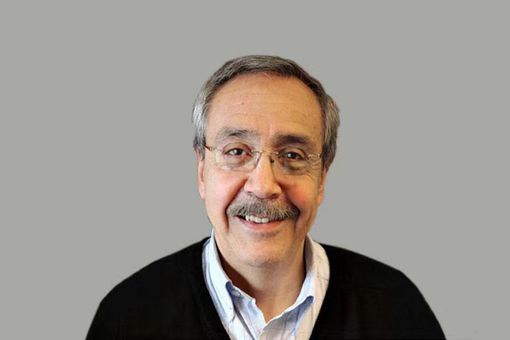| “镜月生科讲坛”第二讲:Co-translationalProtein Folding One Molecule at a Time |
| 发布人:张莹 发布时间:2023-06-26 浏览次数:10 |
|
主讲人:Carlos Bustamante 主讲人简介:美国科学院院士,加州大学伯克利分校教授,主要从事单分子生物物理研究。
主讲内容:Protein folding canbegin co-translationally. Due to the difference in timescale between foldingand synthesis, co-translational folding is thought to occur at equilibrium forfast folding domains. Thus, the folding kinetics of stalled ribosome-bound nascent chains should match the folding ofnascent chains in real time. We test this assumption by comparing the foldingof a ribosome-bound, multi-domain calcium-binding protein stalled at differentpoints in translation with the nascent chain as is it being synthesized inreal-time, via optical tweezers. In vitro, a misfolded state of the protein occursreadily, and on stalled ribosomes, the misfolded state still forms rapidly (1.5s). Surprisingly, during active translation, this state is only attained aftera long delay (~ 60 s), indicating that, unexpectedly, the growing polypeptideis not equilibrated with its ensemble of accessible conformations. Slowequilibration on the ribosome can delay premature folding until adequatesequence is available and/or allow time for chaperone binding, thus promotingproductive folding. On the other hand, interactions between the nascentpolypeptide and the ribosome exit tunnel represent one mode of regulatingsynthesis rates, which, in turn, are thought to affect protein folding. TheSecM protein arrests its own translation as part of a feedback mechanism, andrelease of arrest has been proposed to occur by mechanical force at thetranslocon. This is the so-called transloconmechanical hypothesis. Using optical tweezers, I demonstrate that arrest ofSecM-stalled ribosomes can indeed be rescued by force alone. Moreover, I willshow that the force needed to release stalling can be generated in vivo by a nascent chain folding nearthe ribosome tunnel exit. I formulate a kinetic model describing how a proteincan regulate its own synthesis by the force generated during folding, tuningribosome activity to structure acquisition by a nascent polypeptide. |

